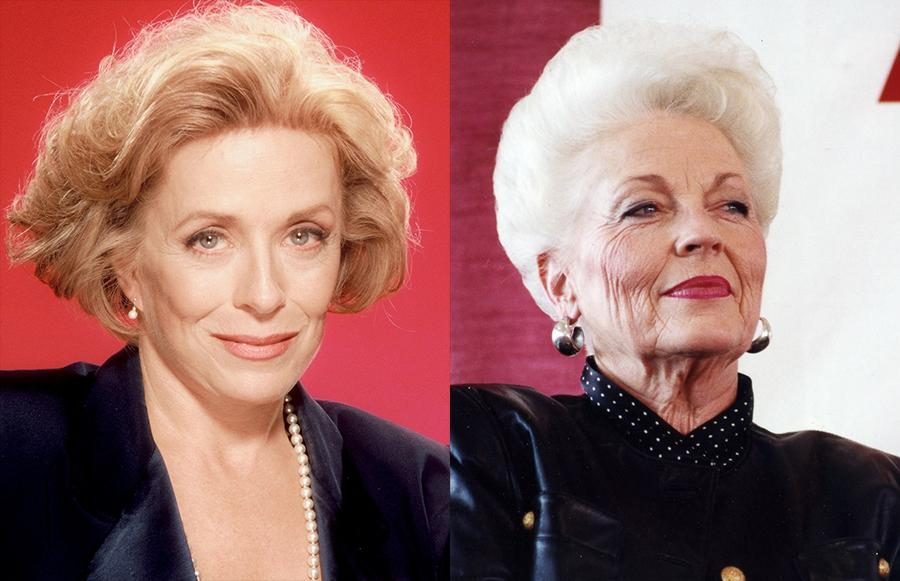One-woman shows lack significant commentary
November 6, 2014
In New York theater, there are many one-woman shows, and there are many weird plays that involve sexual themes. There is also crossover between the two, and patterns are beginning to emerge.
A few one-woman shows have used history to re-examine major female figures. “Jackie,” an enthralling, rhythmically astute monologue play, stars Tina Benko as a miserable, hyperactive Jackie Kennedy. Holland Taylor played Texas Gov. Ann Richards in “Ann,” a too-sympathetic portrayal of the bombastic Democratic alcoholic. There was “The Girl I Left Behind Me” with Jessica Walker talking and singing through the history of male impersonators — a mostly forgotten form of drag performance popular in the early 1900s.
Then one-woman shows started venturing down a much less traditional path by incorporating all kinds of strange sex. An example is “Never Sleep Alone,” a hookup revue currently playing monthly at Joe’s Pub, where the multi-talented Roslyn Hart, as Dr. Alex, shills her new book “Get Laid or Die Trying” in between sexed-up renditions of pop singles. Two years ago, Hart performed a blowjob-themed rendition of Miley Cyrus’ “The Climb.”
Lately, it seems as if writers and troupes have only become more interesting, letting sexuality feature heavily in one-woman shows — often in ways that go far outside what is normal for theater. In “Candy Tastes Nice,” Miranda Huba starred as a girl auctioning off her virginity in a decades-long bidding war. Jumbled, uncomfortable and mostly devoid of meaning, it still stands out as a one-woman show disaster. “Naked Girls Reading SMUT,” technically a three-woman show and still performing occasionally at Under St. Marks, has more flagrant sexuality with none of the unpleasantness. It is absolutely a piece of feminist performance art, but it is only marginally interesting.
The best play to combine both the sexual and historical themes recently is Alicia Jo Rabin’s “A Kaddish for Bernie Madoff.” One-woman shows often reflect on female sexuality and female historical figures. Whether this is because the subject matter fits the format or vice versa is unclear, but “A Kaddish” was nearly a concept album chronicling Rabin’s pregnancy, her obsession with the Madoff case and the intersection of Buddhism and Judaism. Despite the radical departure in subject matter, her performance had more to say about the female experience than most other one-woman shows. The constant intertwining of format and subject matter has the effect of reducing many one-woman shows to plays about the existence of the one-woman show.
In other words, the current way of doing one-woman shows need to end, though one can remain hopeful that there will be more imaginative contemporary theater with only one woman. There have clearly been successful ones, like “A Kaddish,” but many fail to get their point across about female sexuality because they are too hung up on provocation.
A version of this article appeared in the Fall 2014 Arts Issue . Email Alexander Tsebelis at [email protected].













































































































































Asia • Nov 6, 2014 at 12:40 pm
I recently saw a wonderful one-woman show well worth paying a visit to the Billie Holiday Theater in Bed Stuy, Brooklyn to see, “The Resurrection of Alice”. It runs through November 30th and presents a strong social commentary on gender, feminism, race and other important themes, defying your disappointment in the pieces referenced in this article. Short description and web link to more info follows:
http://www.thebillieholiday.org/current-season.html#alice
October 25 – November…